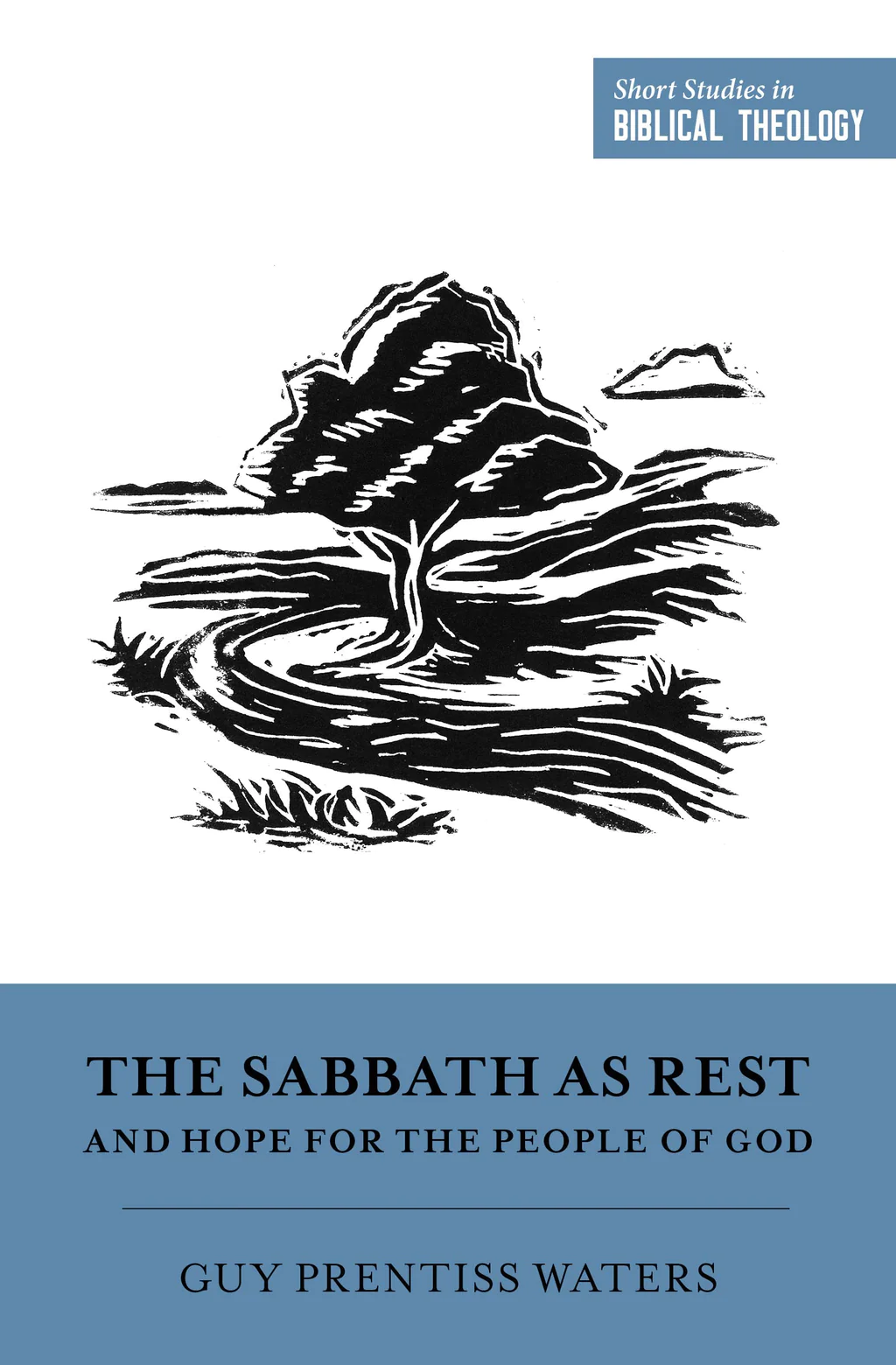
Guy Prentiss Waters
Reviewed by: Roger W. Schmurr
The Sabbath as Rest and Hope for the People of God, by Guy Prentiss Waters. Crossway, 2022. Paperback, 160 pages, $17.99. Reviewed by OP minister Roger W. Schmurr.
Persons who view the Sabbath basically as time to get in an afternoon nap should consider shortening their rest to read this book. For professor Waters demonstrates convincingly that our weekly Sabbath points us beyond rest to “the goal to which God’s people are moving” (31).
The author begins with creation, at the end of which God rested and set the pattern of rest and work for all people. But in doing so, God invited Adam and Eve to enter into his rest—to enjoy what the Sabbath envisioned. To substantiate this claim, Waters guides us through the history of redemption revealed in the Law, the Prophets, the Gospels, and the New Creation (as taught in Acts through Revelation).
The fourth commandment is a replication of the work-rest pattern set at creation. The Sabbath is the sign of the Mosaic covenant just as circumcision was the sign of the Abrahamic covenant. God’s people were to keep the Sabbath holy in large part by worship as Leviticus explains. They were to reflect on the covenant blessings God had granted them already but which Adam had lost as our representative. Deuteronomy later explains that the Sabbath reminds Israel specifically of their redemption from Egypt. The connection between creation, redemption, and Sabbath was coming into focus.
The prophets were God’s prosecuting attorneys calling Israel to repentance and blessing. For instance, early in Isaiah’s prophecy he warned people laden with iniquity about their vain offerings and prayers on the Sabbath. But Isaiah comforts God’s people with a description of his Servant who will bear their iniquities. That will enable God’s people from all nations to keep the Sabbath by joyfully participating in his house of prayer. The Sabbath reminds God’s people of the forgiveness God gives because of the work of his Servant Jesus who assures the blessings to which the Sabbath points. Isaiah concludes with beautiful descriptions of life in the new heaven and earth. Waters misses the heavy irony of the reference to abandoning “your pleasure” on the Sabbath in Isaiah 58. The context refers to the daily sins of worshipers not to the proper pleasures of daily living—to injustices rather than to croquet.
The Gospels record Jesus worshiping on the Sabbath, declaring the Sabbath is for humans’ benefit, showing mercy on the day and, most importantly, rising from the dead on the new Sabbath, the Lord’s Day. His healing of a blind man on the Sabbath showed not only mercy in restoring physical sight but also in giving spiritual sight; the man began to worship. Jesus demonstrated that the aim of the Sabbath was to “engage [persons] in the holy resting of worshiping their Creator and Redeemer.”
The apostle Paul sees in Jesus’s resurrection the new creation, because it marks the beginning of the age to come, the final expression of the Sabbath. Our weekly observance of the Sabbath points us to that final Sabbath. The apostle John worshiped on the Lord’s Day, the day Jesus laid claim to because his resurrection was on the first day of the week. Redemptive history, Sabbath meaning, good reading.
December 14, 2025
December 07, 2025
November 30, 2025
November 23, 2025
November 16, 2025
November 09, 2025
November 02, 2025
© 2025 The Orthodox Presbyterian Church